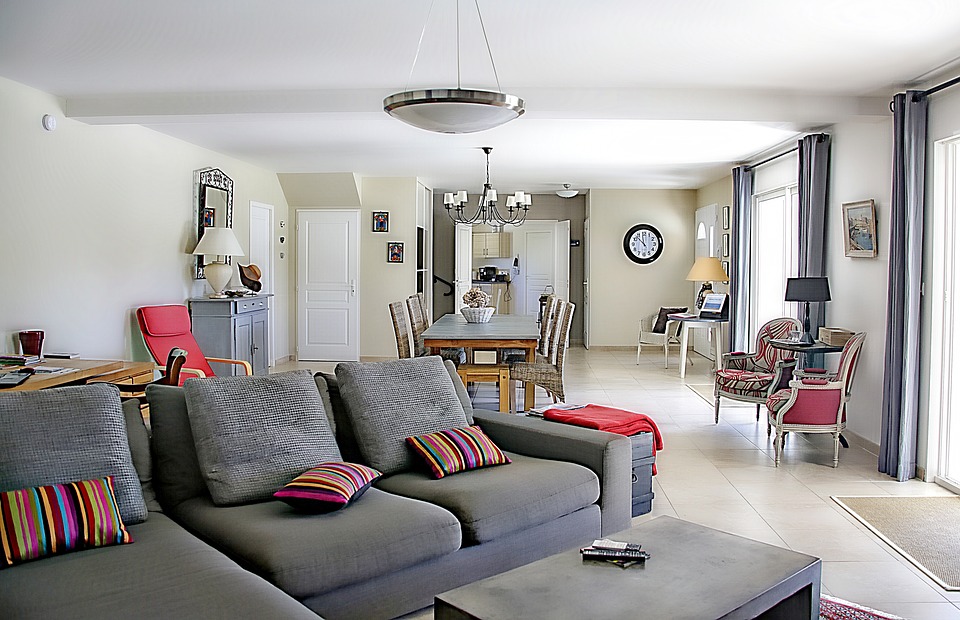4 Useful Tips To Make Your Home Accessible
Disability can change the way you interact with the world, including the way you navigate around your own home. If you or your loved ones are living with disabilities, follow these four tips to transform your house into an accessible home.

Install Handrails
Well-placed handrails can be a significant help for those with poor mobility, poor balance or those who simply require a little extra help getting out of chairs or beds. Strategically placed handrails in the bathroom are extremely important for reducing the risk of slips and falls. Incorporate custom handrails into your own home or the home of your loved one to increase independence and provide peace-of-mind.
Replace Stairs With Ramps
Stairs can be a huge challenge for those with any disability that affects mobility, not just for those in wheelchairs. Unfortunately, stairs are incorporated into almost any architectural design – even single-story ranches often have at least a few steps connecting from stoops to exterior doorways. Reducing steps in your home can make it easier for those with disabilities to move from room to room. Consider installing exterior and interior ramps to limit the number of steps in your home. Permanent ramps are recommended for exterior steps, and there are several options for interior ramps, including portable ramps and threshold ramps.
Improve Bathroom Accessibility
Bathrooms can be a particularly problematic area of the home for those with a disability. Due to their tall sidewalls, bathtubs especially are difficult to enter and exit by those with mobility issues. If possible, install a walk-in tub to eliminate this troublesome physical barrier. Don’t forget to line your tub with a slip-resistant surface and install a handrail on the tub’s inner wall to increase stability. This will significantly reduce the risk of serious injury associated with slipping in the tub.
Rearrange the Furniture
Think about the ways you and your loved ones move through the home. Does the layout provide enough room to accommodate mobility equipment such as wheelchairs or walkers? You may need to remove some unnecessary items that impede movement, and position furniture in a manner that eliminates narrow passageways and sharp turns. Make sure that items that are used daily, like comfortable chairs, stereo systems, and bookshelves are easily accessible.
If you or your loved ones face any challenges posed by a disability, you need to make sure your home addresses any accessibility issues. By following these tips, you’ll create a handicap accessible home that is safe and comfortable for you and your guests.